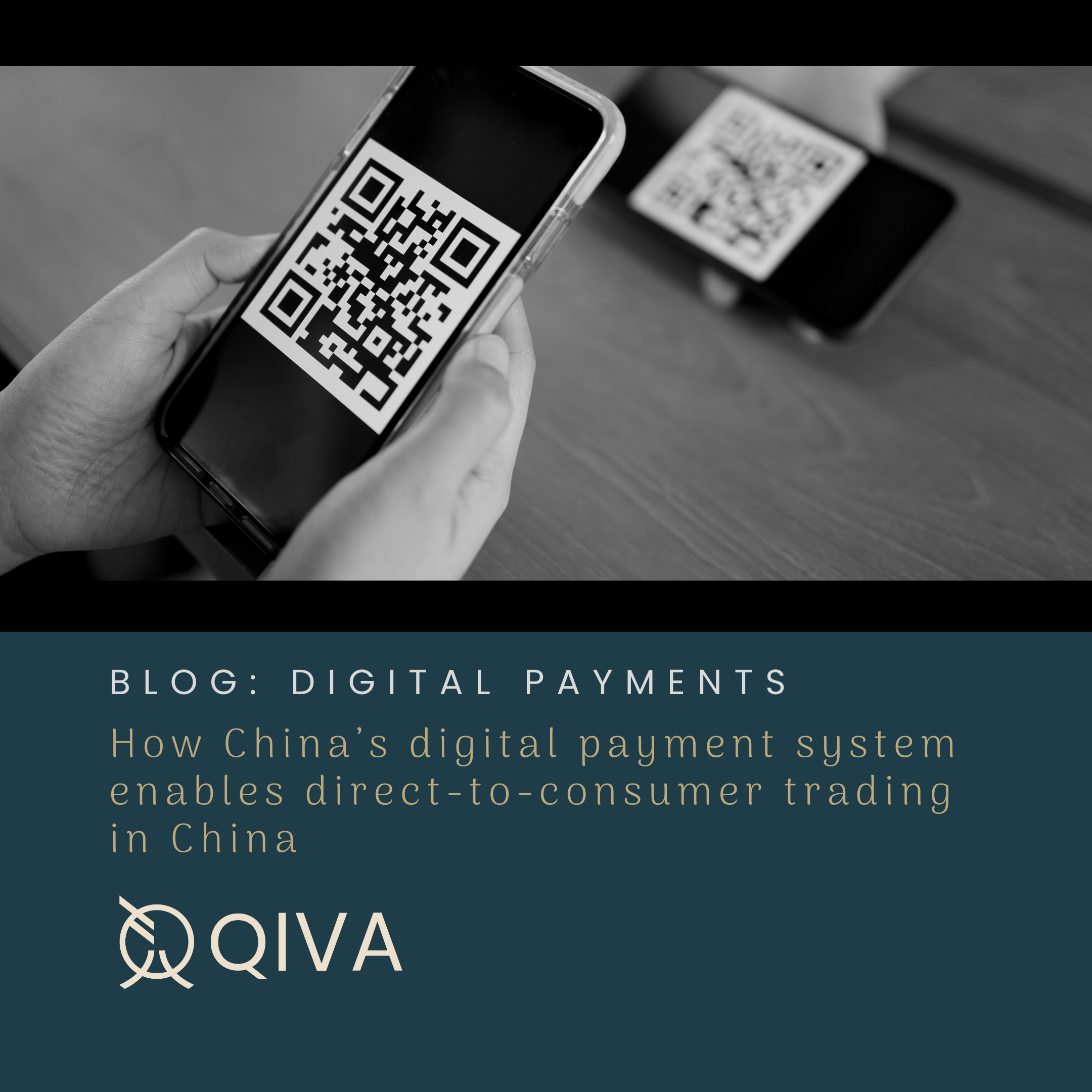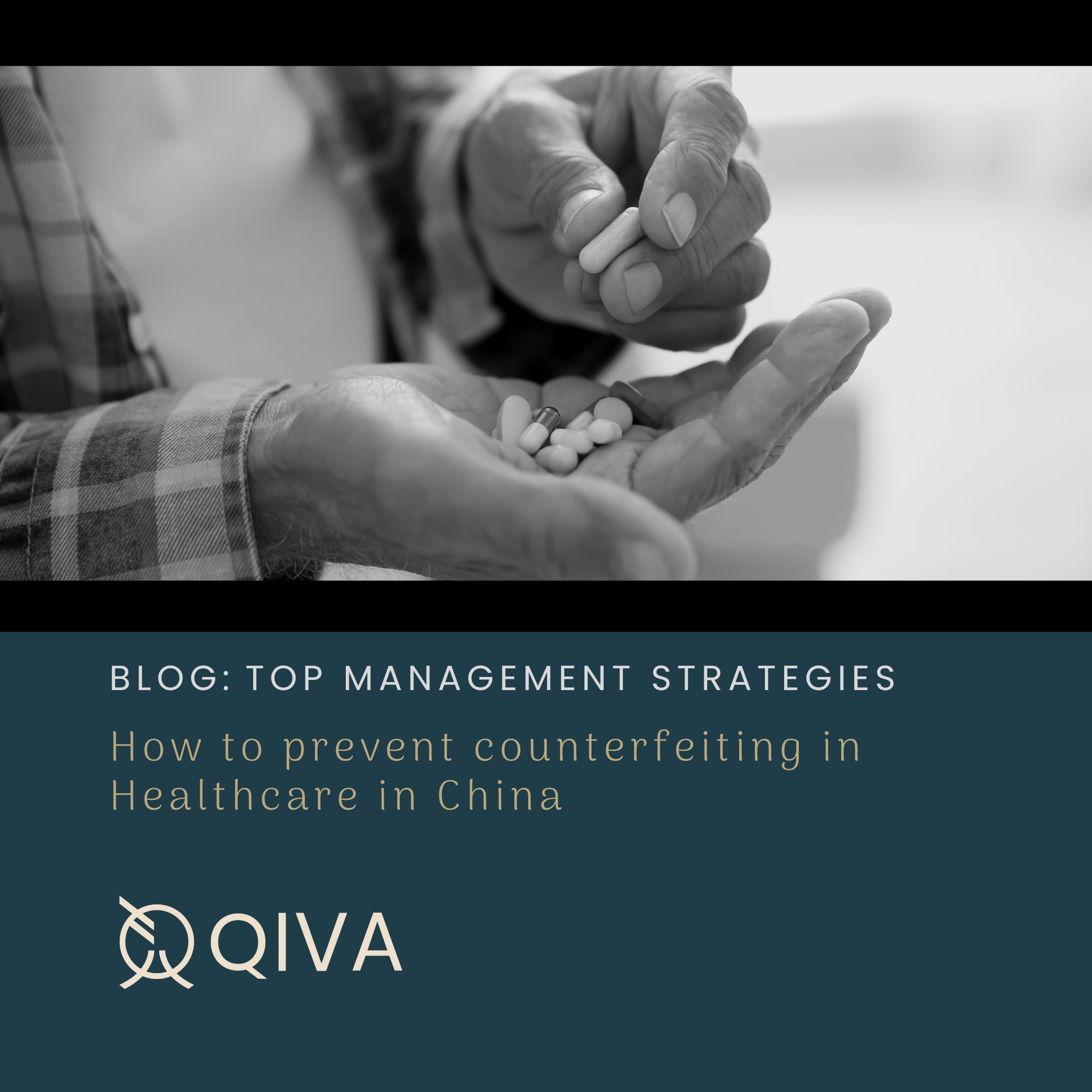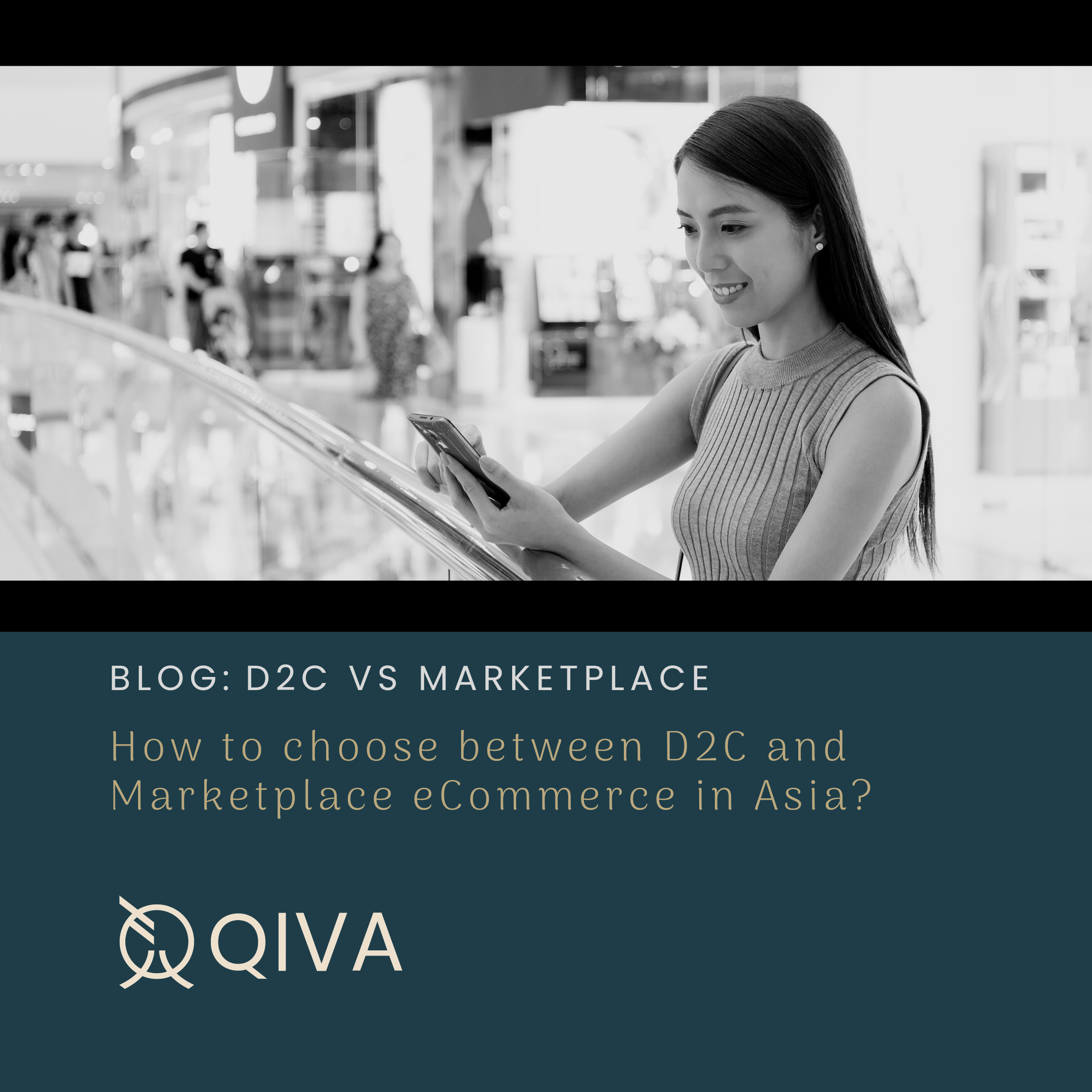The importance of pricing unity to brand growth in China

Presence on China’s largest eCommerce platforms brings unrivalled exposure and access to Chinese consumers. Used by 50% of China’s population, brands have an active audience > 700M.
However, this access is often far from straightforward; brands must compete against a deluge of grey sellers and counterfeits, sometimes selling products as low as 20% of RRP. In a market where the cost of traffic is high (as it is in China), the margin lost on a flash sale can often be earned back in the traffic it buys.
As a brand, the most effective method in overcoming this reality is pricing. Pricing unity not only enables traffic to be streamlined to intended channels, but also establishes a consistency that denotes quality and authenticity. China’s third largest eCommerce platform Pinduoduo, notorious for its low-priced and counterfeit goods, is often referred to locally as ‘pinjiajia’ (product-fake-fake), highlighting the level of distrust in the local market.
"Pricing unity not only enables traffic to be streamlined to intended channels, but also establishes a consistency that denotes quality and authenticity."
The first step in this process is establishing a minimum pricing agreement, to be upheld by all recognized distributors and partners. Without a minimum pricing agreement, grey sellers can undercut sales and consumers cannot distinguish between genuine and counterfeit products. New entrants and mature brands alike will find this detrimental to long-term growth in market.
Establishing this consistency may require a greater outlay of effort at the planning stage, but this will position brands on best course for success.





